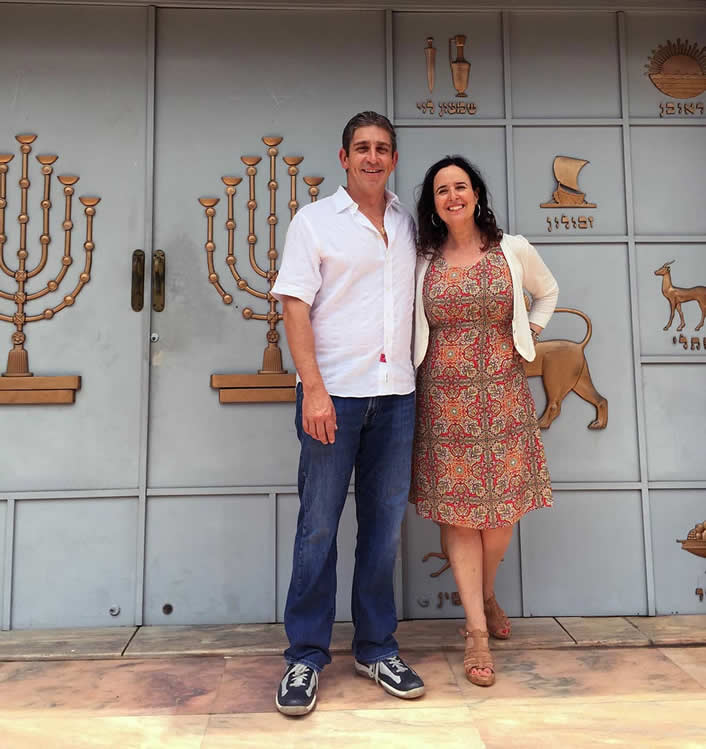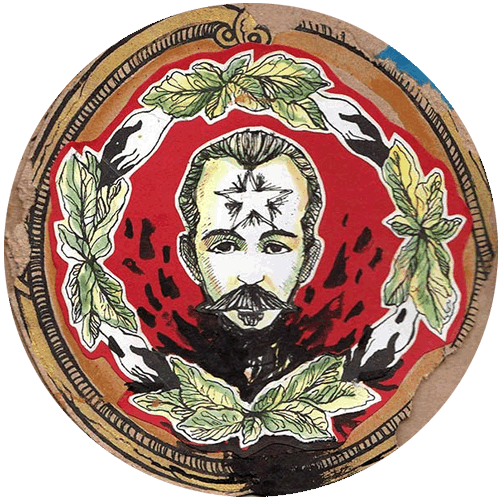About the Project

Spanish translations by Gabriela Jauregui, Jennifer Bowles, and Federico Pous

Original artwork by Rolando Estévez
In 2015, when we started this blog, we felt an urgent need to create a space for conversations about the bridges to and from Cuba that were unfolding at that historic moment.
Keeping to his promise to improve relations with Cuba, Obama had restored ties in 2015 and visited the island in 2016. Overnight, Cuba became a wildly popular destination. Commercial flights from the United States became available. Americans who’d never visited, and Cuban exiles who’d never returned, rushed to the island. It appeared that our Berlin Wall that separated the waters between Cuba and the United States would soon disappear.
We were excited and worried. The reopening of the U.S. Embassy in Havana filled us with hope for a more peaceful future between the two nations that defined our dual identity. But everything seemed to be moving too quickly, too chaotically. Airbnbs, restaurants, and boutiques sprung up all over the island and mushroomed in La Habana. Some Cubans were benefiting, but many were being left behind.
As poets and writers, we were concerned with the exoticized image of Cubans and Cuban Americans that were circulating in the media. Cuba was turning into a backdrop for fashionistas. A beloved place, a fraught place, that is home to so many of us, both in reality and in our imaginations, was being lost. We wanted to recover that home and articulate its meaning in this virtual space. And so, our blog was born.
Neither of us could have imagined that relations with Cuba would deteriorate to the degree that they did under Trumpian rule. The negative publicity toward Cuba and the shutdown of most commercial flights to the island devastated the burgeoning private sector economy. It was truly shocking just how much changed as a result. Then the pandemic arrived and brought about further shortages, political unrest, and a huge exodus of immigrants crossing into the United States via Mexico.
Many now view Cuba as a forbidden place, even more distant and unreachable, alone and isolated by the sea once again. What bridges can we speak of now?
In this time of uncertainty, we feel a sense of urgency and wish to reignite this virtual space to offer new reflections, new forms of expression, new commitments to keeping Cuba on our radar. In the aftermath of the pandemic, which brought the world together in unexpected ways, we want to shine a light on Cuba from many perspectives and keep building bridges through stories, testimonies, and reporting. We also want to question what bridges mean at this time, and look forward to featuring voices and visions that offer new critical frameworks and creative speculations for the future.
Thank you so much for joining us in this endeavor. We are grateful to all of you who’ve been supportive of our efforts and welcome all of you who are new to our blog. We hope you will keep in touch and share your thoughts with us and our readers.
Abrazos,
Ruth Behar and Richard Blanco
August 28, 2023



Original artwork by Rolando Estévez